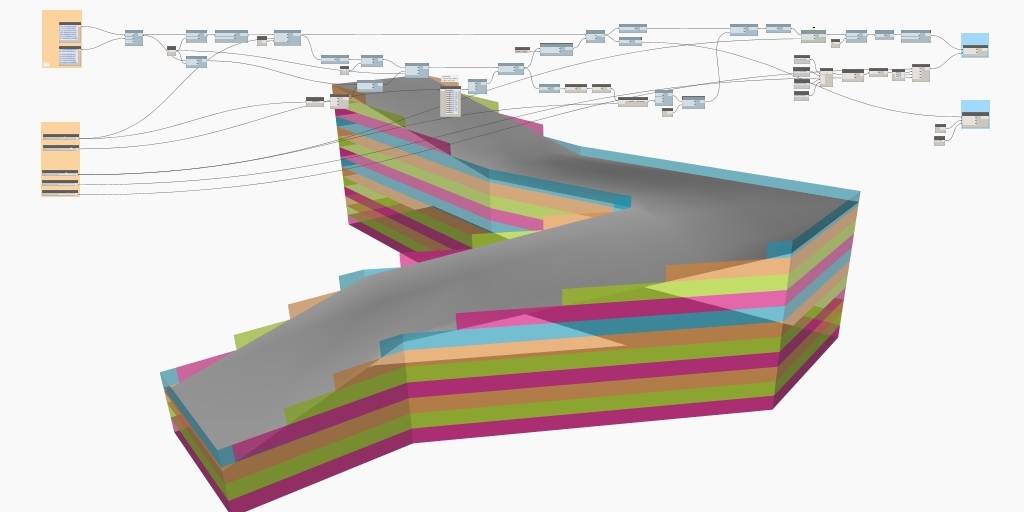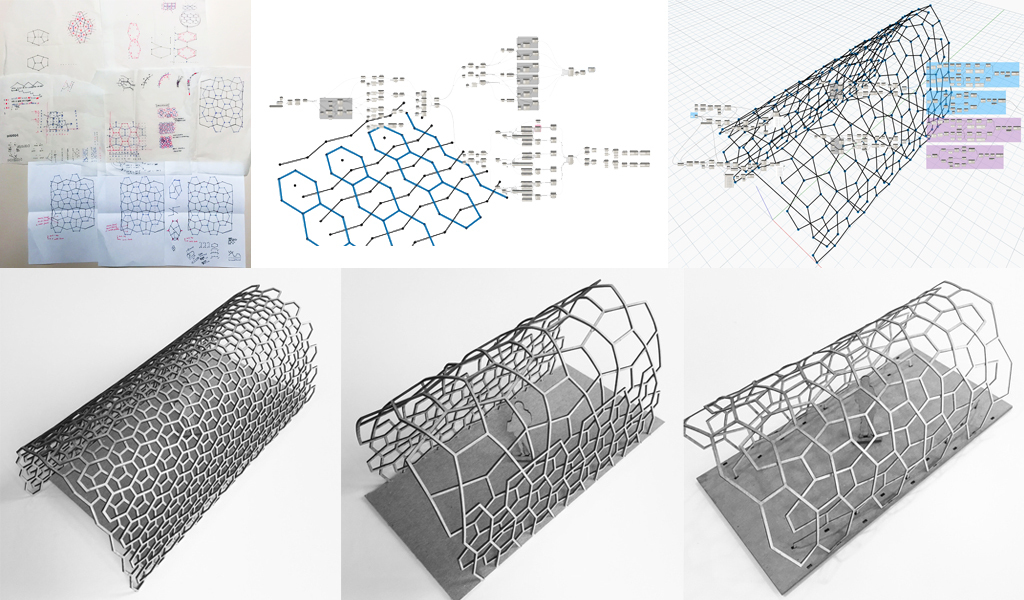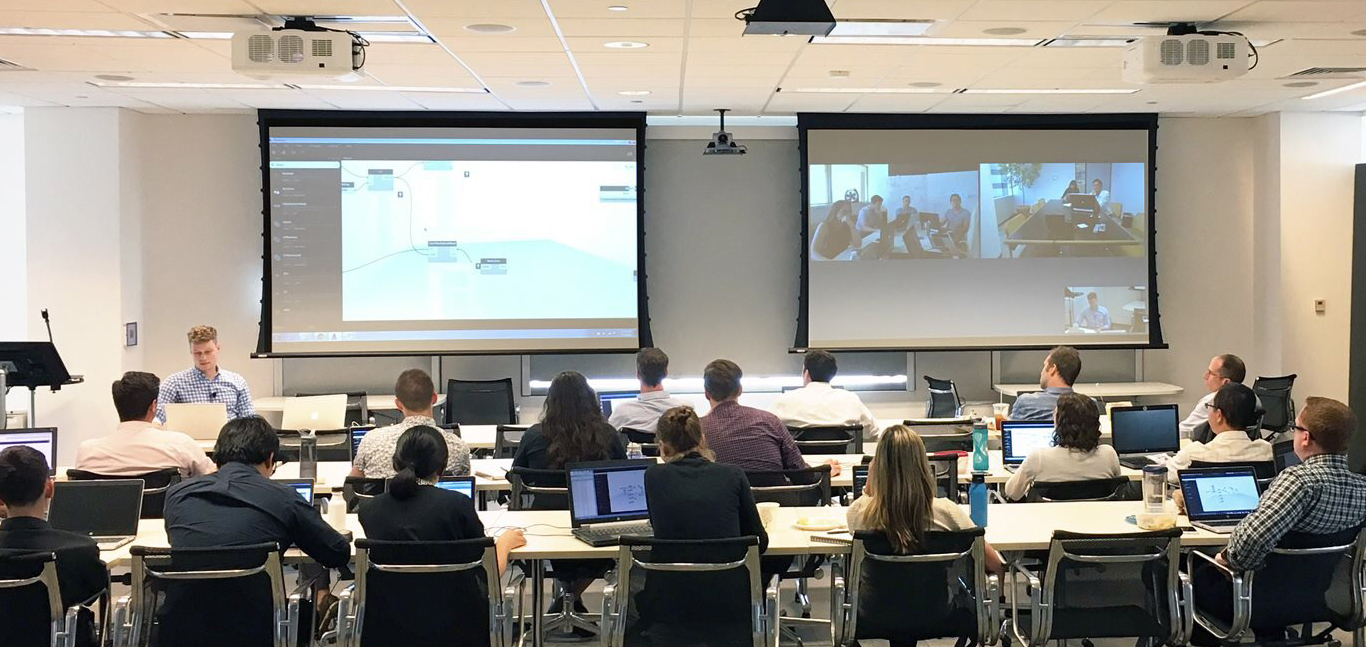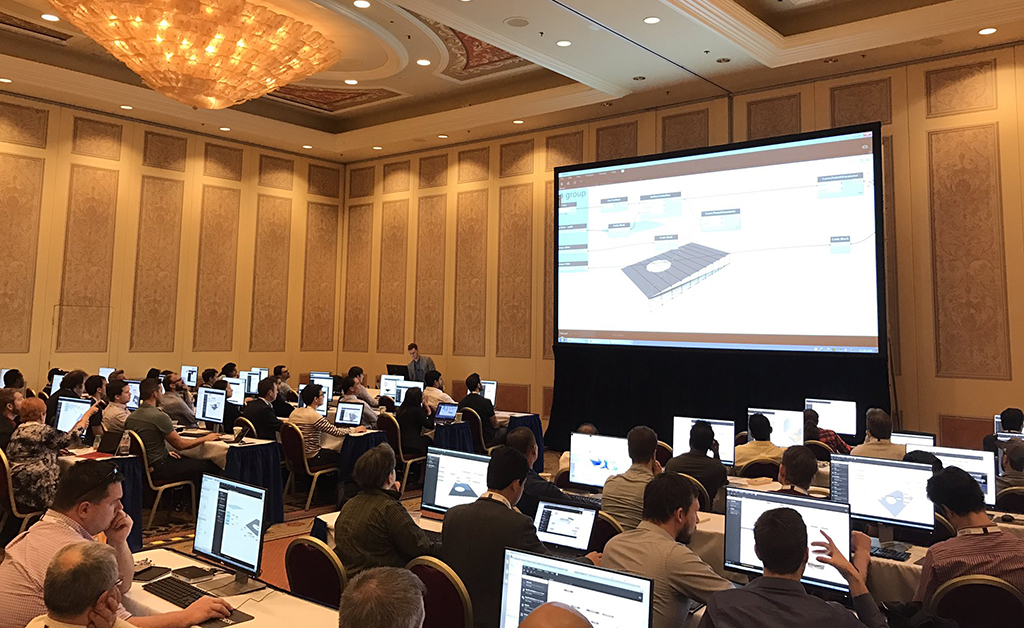Kyle Martin Assoc. AIA

Job title and company: Virtual Design + Construction (VDC) Specialist—Tocci Building Companies
Degrees: MArch—Boston Architectural College (BAC), BA—University of Colorado (UCCS)
Professional interests: Revit/BIM, Visual Programming, Computational Design, Digital Fabrication, Data Analytics and Visualization, and Commercial Real Estate Development
What are you working on now?
I recently left the traditional architecture profession and accepted a position with Tocci Building Company as a VDC Specialist. I operate somewhere between the architect and the builder. It’s my job to:
- collaborate with design and construction team members through all phases of a project
- identify, resolve, and coordinate impediments to constructability before and during construction
- ultimately deliver the most appropriate building
On top of my “day job,” I am also an adjunct instructor of advanced AEC technology at the BAC and founder of the Dynamo-litia Boston user group at the BSA.

Image: Computational Design Using Dynamo.
How do (or how did you) you explain to your mom what you do for a living?
I serve as the middleman between architects, owners, consultants, and my coworkers to help reduce mistakes or provide clarity before and during construction projects.
What inspired you today?
The continuous developments in design technology and the opportunities we have to support/enhance the way buildings are designed and built: advanced programming, software interoperability, visualization, laser scanning, sensors, environmental analysis, etc.—it’s a wonderful time to be involved on the technological side of the AEC industry!
What architectural buzzword would you kill?
I’d like to propose the phrase “Thinking outside of the box.”
When you’re working, do you discuss or exchange ideas with your colleagues?
Absolutely. To get the most out of an idea it should be shared for others to provide feedback or even expand on what you’ve started. In my experience, innovation doesn’t thrive when constrained to one person’s perspective.

Image: Dynamo and Physical Modeling for the ABX2016 MakeTANK Pavilion.
Do you sketch by hand or digitally?
I am a strong proponent of hand sketching. I find it particularly useful when trying to wrap my head around a geometric configuration or working through a complex Dynamo task.
Has your career taken you anywhere you didn’t expect?
Yes, the entire journey, in fact. I was attracted to architecture because of the endless puzzles and learning opportunities. Along the way, I discovered that the technological side of the practice came naturally to me.
Where is the field of architecture headed?
Over the last few years I have worked to promote the use of design technology in the architecture profession. Our industry trends toward outdated traditional approaches over emerging technology. Post-analysis is a waste of time if it does not inform future projects. I have seen architecture firms of all sizes and practice areas habitually reinvent the wheel on projects. We stand on the precipice of a new era, and I have made it my personal crusade to help designers everywhere understand that data-driven and computational approaches can drastically improve the efficiency and efficacy of practice.

Image: Leading a Dynamo Workshop at Shepley Bulfinch.
What do you hope to contribute from your work?
I spend a considerable amount of time blogging, tweeting, teaching, leading Dynamo-litia, and presenting at conferences—all in an attempt to satisfy curiosity and contribute knowledge to the community at large. Much of the time I’ve invested has been spent trying to increase my own familiarity with various software platforms to tackle complex design challenges and implement task automation for redundant BIM workflows. In my new construction role, I am encouraged to develop tools to improve design translation, cost engineering, and process optimization. I am no longer tasked with convincing my colleagues of the benefits of the technology, as much as I am with developing and implementing new technological methods and tactics. I am quickly realizing the lessons I have learned from extracurricular exploration have equipped me with skills to address obstacles that have arisen in practice.
Who or what deserves credit for your success?
I credit Jim Martin at Shepley Bulfinch for provoking my interest in the technological side of architecture and supplying rewarding opportunities. The local AEC community regularly involves me in collaborative projects, and the worldwide design technology community has been extremely inviting and encouraging – it’s wonderful to find so many people who are passionate about shared interests.
Your least favorite college class?
Philosophy—why endlessly debate “the meaning of life” when we can go out and live it?
If you could give the you-of-10-years-ago advice, what would it be?
Learn to code.

Image: Co-leading a Computational BIM Workshop at Autodesk University 2016.
Your favorite Boston-area structure?
It’s a tie between the Harry Parker Boathouse and the Boston Harbor Islands Pavilion.
If you were on a late-night TV show, what would your 30-second plug be?
Design Technologist is a project team’s best friend. We evaluate processes in the same way architects approach a design problem and ultimately strive to facilitate faster production, easier transition across platforms, and a more comprehensive design approach. Ask how your local computation expert can help today.
Where can we learn more about your work?
http://www.martinportfolio.com/blog/
https://twitter.com/KCMarchitect
Kyle will be participating in the beyondAEC hackathon and Design Technology Throwdown at ABX 2017.
- beyondAEC hackathon—24-hr event in which programmers, designers, engineers, and builders assemble to create new digital tools and solutions to recurring problems in practice.
- Design Technology Throwdown—a competition at ABX/GreenBuild 2017 where teams of 4 from Boston-area firms will go head-to-head to see who can devise the best solution to a mutual design problem while utilizing as much design technology as possible.

